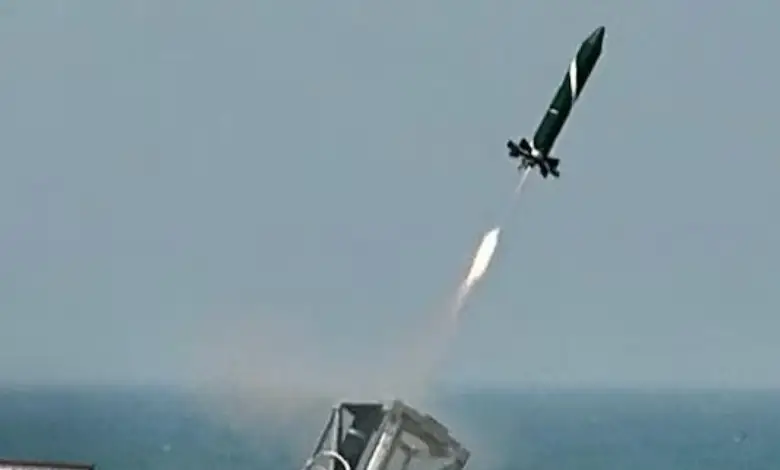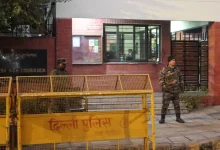
New Delhi: India has successfully test fired a new low-cost counter-drone system called Bhargavastra, marking a significant advancement in tackling the growing threat of drone swarms. The system’s micro rockets were successfully tested on Tuesday at the Seaward Firing Range in Odisha’s Gopalpur, meeting all specified performance targets.
Bhargavastra employs unguided micro-rockets as the first layer of defence capable of neutralising swarms of drones with a lethal radius of 20 metres and guided micro-missile (already tested earlier) as the second layer for pinpoint accuracy, ensuring precise and impactful neutralisation. Designed for seamless deployment across diverse terrains, including high-altitude regions (greater than 5,000 m above sea level), the system addresses the unique operational demands of India’s armed forces.
Furthermore, the system is modular and can have an additional soft-kill layer to include jamming and spoofing to provide an integrated and comprehensive shield for all branches of the armed forces. The system being modular, the sensors (Radar, EO and RF Receiver) and shooter can be configured as per user requirement and made to work in an integrated manner for layered and tiered AD cover, enabling engagement of targets at longer ranges.
Equipped with a sophisticated Command-and-Control Centre, featuring advanced C4I (Command, Control, Communications, Computers and Intelligence) technology, the system’s radar can detect minute aerial threats from 6 to 10 km away. Its Electro-Optical/Infrared (EO/IR) sensor suite further ensures precise identification of Low Radar Cross-Section (LRCS) targets.
Its open-source architecture suggests that while several advanced nations are developing similar micro-missile systems, a domestically conceived multi-layered and cost-effective counter-drone system with swarm neutralisation capabilities like Bhargavastra is yet to be deployed anywhere else globally.




